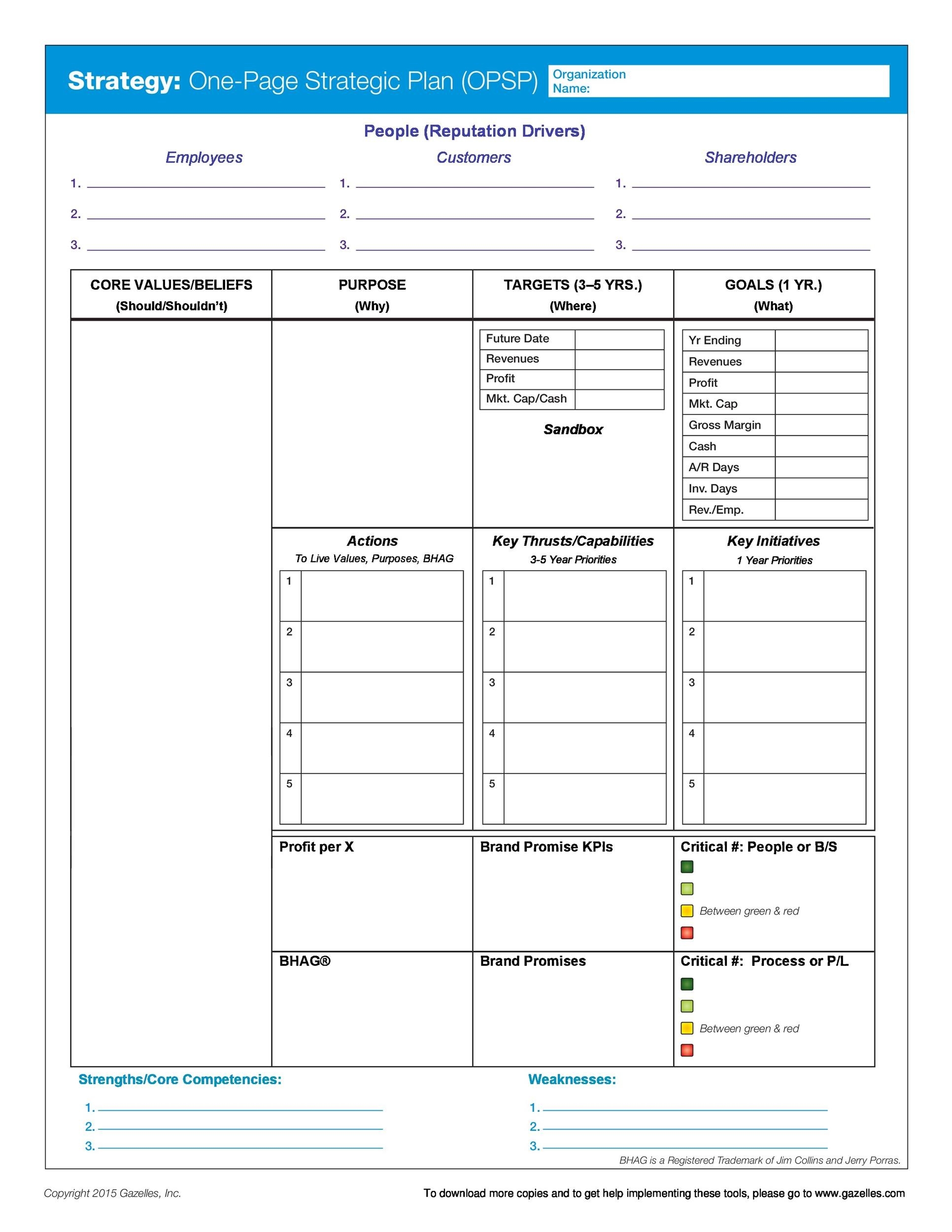Creating a strategic plan is essential for any organization looking to set goals, allocate resources, and achieve success. A well-thought-out strategic plan serves as a roadmap for the future, guiding decision-making and ensuring alignment with the organization’s mission and vision.
While each organization’s strategic plan will be unique to its specific goals and circumstances, there are certain key elements that should be included in every strategic plan. Having a template to guide the strategic planning process can help ensure that all necessary components are addressed and that the plan is comprehensive and effective.
Key Components of a Strategic Plan:
1. Vision and Mission Statements: Clearly define the organization’s purpose and long-term goals.
2. SWOT Analysis: Identify the organization’s strengths, weaknesses, opportunities, and threats to inform strategic decision-making.
3. Goals and Objectives: Set specific, measurable, achievable, relevant, and time-bound goals to guide the organization’s actions.
4. Strategies and Action Plans: Outline the steps that will be taken to achieve the organization’s goals, including timelines, responsibilities, and resources needed.
5. Monitoring and Evaluation: Establish a system for tracking progress, measuring success, and making adjustments as needed to stay on track.
By following a template that includes these key components, organizations can create a strategic plan that is clear, focused, and actionable. This template can serve as a valuable tool for aligning team members, communicating goals and priorities, and driving organizational success.
Ultimately, a well-crafted strategic plan can help organizations navigate challenges, seize opportunities, and achieve their long-term vision. By using a template to guide the strategic planning process, organizations can ensure that their strategic plan is comprehensive, effective, and aligned with their mission and goals.
In conclusion, having a template for a strategic plan can streamline the planning process, ensure that all key components are included, and help organizations create a roadmap for success. By following a structured template, organizations can set clear goals, develop actionable strategies, and track progress towards achieving their vision.
